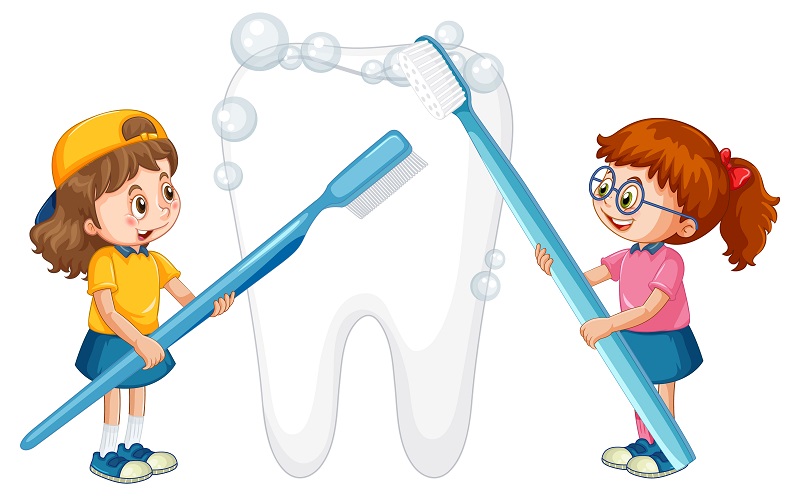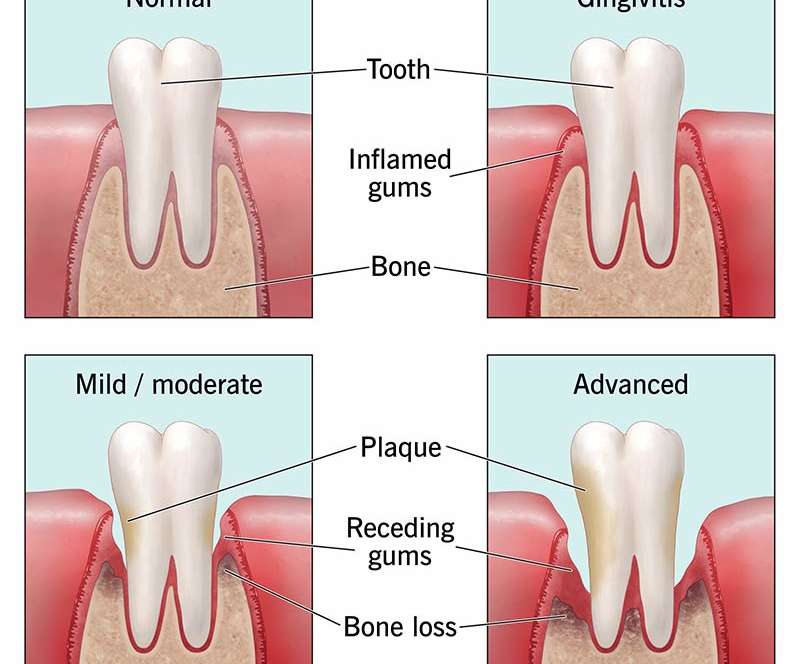If you want a brighter smile and healthy gums, regular dental cleanings are a must. But have you ever wondered how dental cleanings work or why they are so important?
A professional dental cleaning is more than just polishing your teeth—it’s a key part of maintaining oral hygiene, preventing gum disease, and removing plaque that brushing alone can’t handle. In this article, we’ll walk you through the full teeth cleaning procedure, step-by-step.

What Is a Dental Cleaning?
A dental cleaning is a preventive dental procedure performed by a dentist or dental hygienist to remove plaque, tartar (hardened plaque), and stains from your teeth. It helps prevent tooth decay, gum disease, and bad breath.
Regular cleanings are typically recommended every 6 months to maintain good oral health and avoid costly dental treatments later.
✅ Focus Keywords: dental cleanings, professional dental cleaning
Why Are Dental Cleanings Important?
Before we explore how dental cleanings work, let’s understand why they matter:
Prevents cavities and gum disease
Removes hardened plaque (tartar)
Freshens breath
Boosts overall oral hygiene
Helps detect early signs of dental problems
✅ Keyphrase: how dental cleanings work
Step-by-Step: How Dental Cleanings Work
1. Dental Exam
Before the cleaning begins, your dentist or hygienist will examine your mouth using a small mirror. This helps check for signs of cavities, inflammation, bleeding gums, or other dental issues.
Purpose: To ensure it’s safe to proceed with the teeth cleaning procedure.
2. Removing Plaque and Tartar (Scaling)
Using a tool called a scaler, the hygienist gently removes plaque and tartar around the gum line and between the teeth. This step may take longer if you haven’t had a cleaning in a while.
Why it matters: Tartar can’t be removed by brushing alone—only a professional dental cleaning can get rid of it.
✅ Focus Keyword: teeth cleaning procedure
3. Deep Cleaning with Gritty Toothpaste
Once the tartar is gone, your teeth will be cleaned with a high-powered electric brush and a gritty toothpaste. This helps polish the surface of your teeth and remove surface stains.
Bonus: It leaves your mouth feeling super fresh!
4. Flossing Between Teeth
The hygienist will floss your teeth thoroughly to remove any debris left from the previous steps. This also helps identify bleeding areas that may indicate early gum problems.
Important for: Gum health and maintaining strong teeth.
5. Rinsing
After flossing, you’ll rinse your mouth with water or a fluoride solution to remove any loose particles and paste.
6. Fluoride Treatment (Optional)
The final step may include a fluoride gel or foam applied to your teeth. This strengthens the enamel and protects against cavities for several months.
Good to know: It’s especially recommended for children or people prone to cavities.
✅ Focus Keywords: professional dental cleaning, dental cleanings
What to Expect After a Dental Cleaning
After the cleaning, your teeth will feel smoother and cleaner. Some people may experience mild gum sensitivity, especially if there was a lot of tartar buildup. This usually goes away in a day or two.
Post-cleaning tips:
Avoid eating or drinking for 30 minutes after fluoride treatment
Brush and floss daily
Drink plenty of water to wash away bacteria
Schedule your next checkup every 6 months
✅ Keyphrase: how dental cleanings work
Final Thoughts
Now that you understand how dental cleanings work, it’s clear why they are essential for long-term dental health. These cleanings help prevent bigger problems and ensure your smile stays bright and healthy.
If it’s been more than six months since your last professional dental cleaning, it’s time to book an appointment. Regular care today means fewer dental problems tomorrow.



